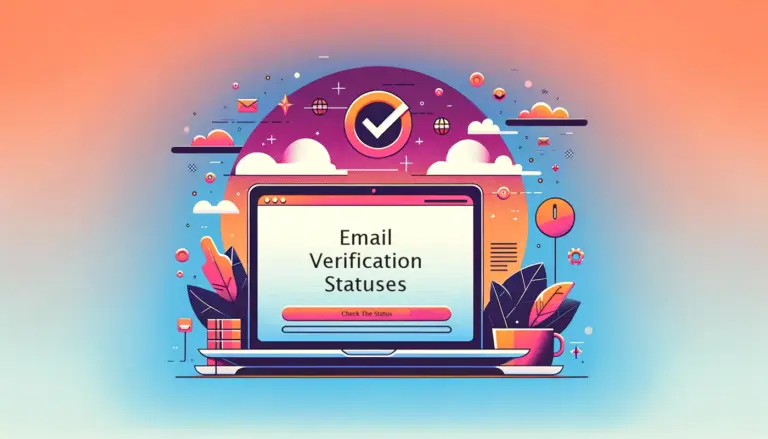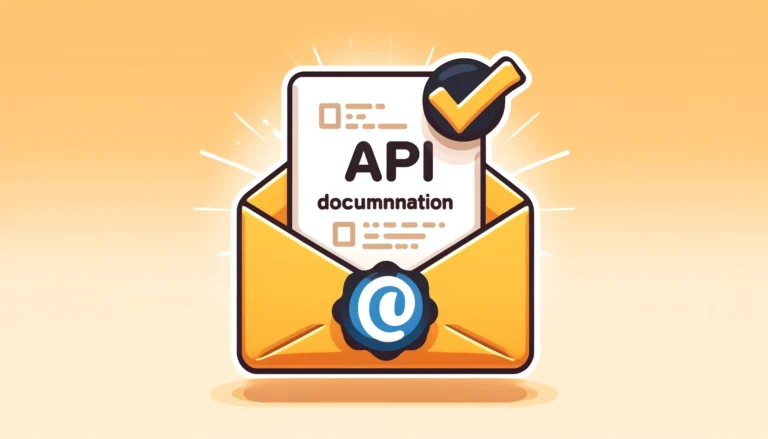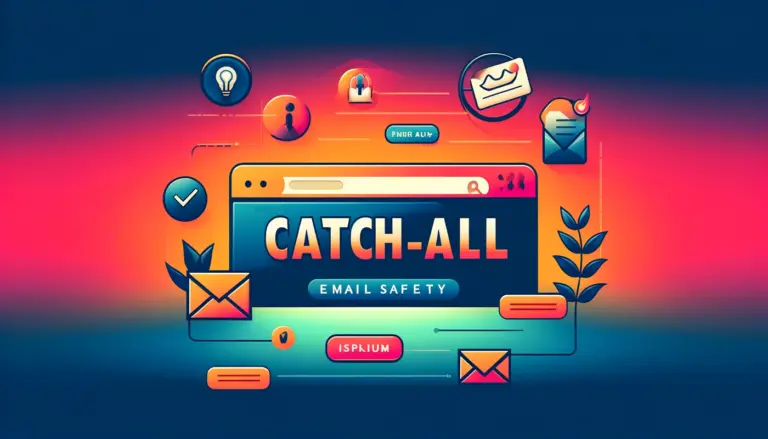Cold email marketing can be a powerful strategy for reaching out to potential customers and building new business relationships. However, to ensure your efforts are effective and well-received, it’s important to follow some key guidelines. Here’s a general outline to help you master cold email marketing:
1. Define Your Target Audience
Before sending out cold emails, clearly identify your target audience. Research their needs, preferences, and pain points to tailor your message effectively. A well-defined audience helps you craft personalized and relevant emails that are more likely to resonate.
2. Craft a Compelling Subject Line
The subject line is your first chance to make a good impression. It should be clear, intriguing, and relevant to the recipient. Avoid clickbait or overly salesy language; instead, focus on creating a subject line that encourages recipients to open your email.
3. Personalize Your Message
Personalization goes beyond using the recipient’s name. Reference their company, industry, or specific challenges they might be facing. Demonstrating that you’ve done your homework shows respect for the recipient’s time and increases the likelihood of a positive response.
4. Keep It Concise and Relevant
Respect your recipient’s time by keeping your email short and to the point. Focus on the value you can offer and avoid lengthy explanations. Clearly state your purpose and how your offering can benefit them.
5. Provide Clear Value
Your email should clearly convey the value or benefit you’re offering. Whether it’s a solution to a problem, a unique opportunity, or valuable information, make sure the recipient understands what’s in it for them.
6. Include a Strong Call to Action
Every cold email should have a clear call to action (CTA). Whether you’re asking for a meeting, a phone call, or a response, make sure your CTA is specific and easy to follow. Guide the recipient on what steps to take next.
7. Be Professional and Polite
Maintain a professional tone throughout your email. Avoid using slang or overly casual language, and always be polite and respectful. A professional demeanor helps build credibility and fosters trust.
8. Follow Up Strategically
If you don’t receive a response, it’s okay to send a follow-up email. Space out your follow-ups to avoid coming across as pushy. Each follow-up should add value or provide new information to keep the conversation going.
9. Test and Optimize
Experiment with different email formats, subject lines, and messaging to see what works best. Analyze the performance of your cold email campaigns and make adjustments based on open rates, response rates, and other key metrics.
10. Comply with Regulations
Ensure your cold email practices comply with relevant regulations, such as the CAN-SPAM Act or GDPR. Include an opt-out option in your emails and respect recipients’ preferences to avoid legal issues and maintain a positive reputation.
By following these guidelines, you can create effective cold email campaigns that capture attention, build relationships, and drive business growth. At Spider Flux, we provide tools and resources to help you optimize your email marketing strategy and achieve your business objectives.




